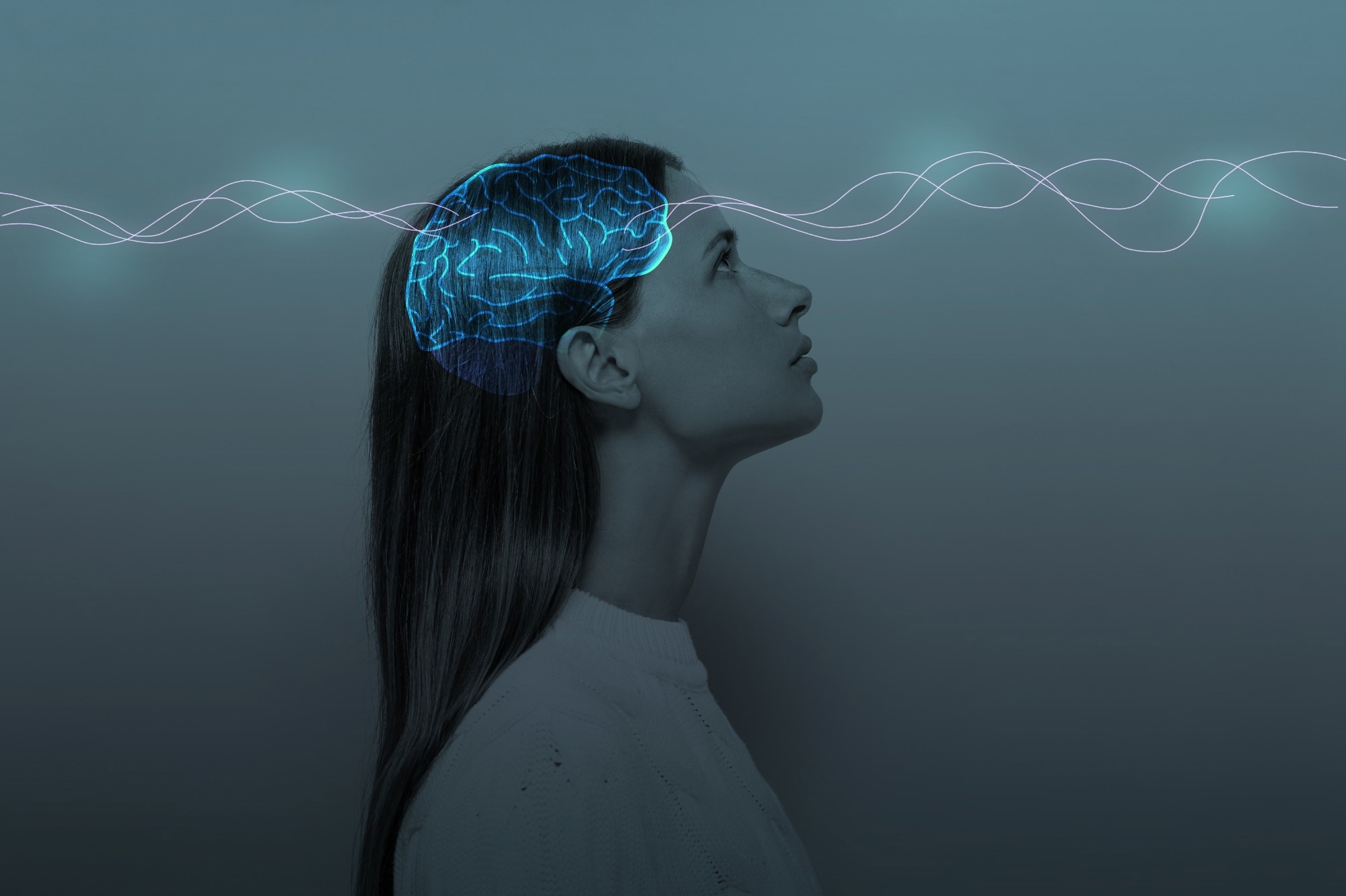In a recent study published in Nature Communications, researchers perform simultaneous positron emission tomography (PET)-functional magnetic resonance imaging (fMRI) to assess the pharmacodynamics of dopamine signaling, brain connectivity/activity, and self-documented 'high' following methylphenidate exposure.
 Study: Neural circuit selective for fast but not slow dopamine increases in drug reward. Image Credit: Pavlova Yuliia / Shutterstock.com
Study: Neural circuit selective for fast but not slow dopamine increases in drug reward. Image Credit: Pavlova Yuliia / Shutterstock.com
Dopamine and addiction
Dopamine increases in cranial reward regions cause neuroplastic alterations, addiction, and drug use disorders. The rate and degree of dopamine rises determine the rewarding effects and addictive potential of a drug.
More rewarding drug delivery routes, such as intravenous (IV) injections and smoking, result in more frequent and severe disorders, as well as higher rates of overdose. Faster delivery routes also provide the most enjoyable self-reported effects of IV cocaine, thus emphasizing the importance of pharmacokinetic properties in the addiction potential and reward of drugs.
About the study
The current study was a randomized, counter-balanced, and double-blinded experiment in which healthy participants were administered methylphenidate orally and IV. The team hypothesized that slow increases in dopamine would activate inhibitory-type D2 receptors, whereas rapid increases would stimulate low-binding affinity excitatory-type D1 receptors, thereby leading to increased and decreased activation of different brain regions.
The team studied the rate at which striatal dopamine rises in response to oral and IV methylphenidate and brain areas associated with slow and rapid dopamine dynamics. Additionally, the researchers investigated whether the brain circuits were temporally linked to individuals' 'high' methylphenidate assessments.
Each study participant was scanned three times at an interval of 40 days under three pharmacological conditions. These included 60 mg oral methylphenidate and IV placebo, oral-placebo and 0.3 mg/kg IV methylphenidate, and both oral and IV-placebo. Data were obtained between January 2018 and September 2021.
The participants did not have a history of nicotine or tobacco use and were broadly representative of the metropolitan region of Washington, D.C. The scientists examined circuits that might conduct dynamic functional connectivity and coordinate with dopamine fluctuations. Derivative of gamma cumulative distribution functions to the mean delta SUVr(t) values across participants was used to detect brain circuits with activity corresponding to dopamine dynamics.
A functional connectivity analysis of the insula seed was performed. The researchers also investigated whether the circuits identified in prior research were related to individual differences in perceived drug reward.
The Human Connectome Project (HCP) minimum pretreatment pipelines were used for processing images. Individuals with medical and neuropsychiatric disorders that could impair brain function, a history of substance use disorders, cardiac abnormalities, hypertension requiring medication or arrhythmia, pregnancy, medications that may interact with methylphenidate, or ferromagnetic body implants contraindicated for MRI were excluded from the study.
Study findings
The researchers investigated the activation of a corticostriatal circuit in response to rapid dopamine surges and high ratings. The medication condition significantly impacted systolic-type blood pressure with no impact on heart rate.
A statistically significant interaction of drug condition and time was observed for both measures. Dopamine elevations following oral MP began earlier and were slower and more moderate than the rapid and higher rises following IV methylphenidate. Traditional static PET imaging analysis indicated significant reductions in standardized uptake values (SUVr) to slow and rapid methylphenidate administration routes, which are established markers of synaptic dopamine concentration increase.
For the 90-minute scans, IV and oral methylphenidate showed lower binding potential of non-displaceable type (BPnd) as compared to placebo. However, no significant difference was observed between oral and IV methylphenidate using the static technique.
For slow dopamine elevations, activity was reduced in the ventromedial region of the prefrontal cortex. For rapid increases in dopamine, activity was enhanced in the left-side insula, as well as the middle and dorsal anterior cingulate cortex (dACC).
Visual assessment of the signals indicated graduated reductions in activity beginning with IV methylphenidate, followed by oral methylphenidate and placebo. However, the left insula and dACC exhibited considerably increased activity in response to rapid dopamine increases.
Combined with rapid dopamine elevations, the left insula and dACC demonstrated considerable functional connections with the contralateral dorsal caudate. A statistically significant temporal relationship was observed in functional connectivity time-courses between dorsal aspects of the anterior cingulate cortex and caudate and their 'high' ratings time-courses.
No significant gender differences were observed in behavior, time-to-peak elevations in dopamine estimated using PET data, baseline binding potentials in the putamen, caudate, and accumbens nuclei, or robustness of the link between the dopamine elevation rate and functional MRI activation from the significant clusters.
Conclusions
The study findings demonstrate rapid dopamine elevations among humans linked to dACC and insula activation. The functions of salience networks in drug reward were also highlighted.
In cases where the drug's route of administration resulted in rapid delivery to the brain and powerful rewarding effects, salience networks involving the dACC were stimulated. The salience network improved functional connection with the dorsal caudate, which received significant dopamine inputs from the midbrain following IV methylphenidate administration. The ventromedial region of the prefrontal cortex monitored slow and rapid dopamine pharmacokinetics without influencing drug reward experience.
Two different pathways for clinical remission of addiction were highlighted; however, further research is needed to elucidate underlying biological pathways.
Journal reference:
- Manza, P., Tomasi, D., Shokri-Kojori, E., et al. (2023). Neural circuit selective for fast but not slow dopamine increases in drug reward. Nature Communications 14. doi:10.1038/s41467-023-41972-6